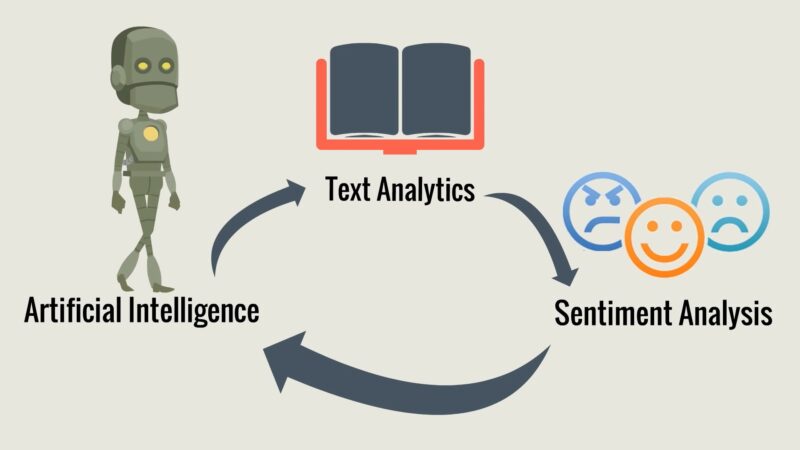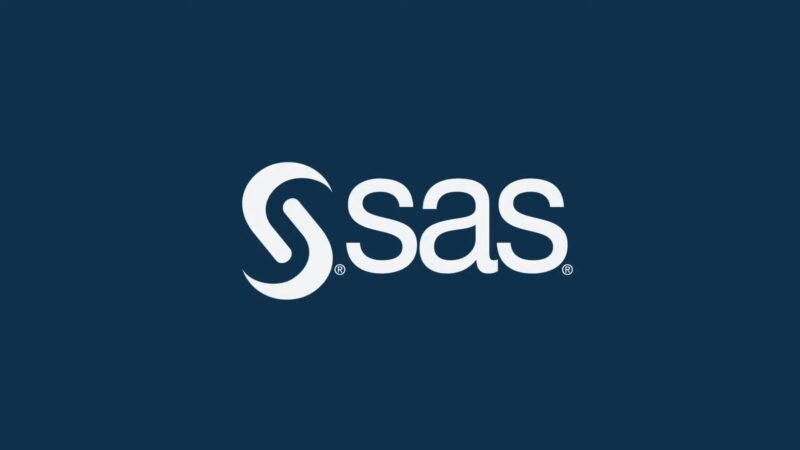SAS, an acronym for Statistical Analysis System, is a powerful tool that has revolutionized the way we handle, analyze, and interpret data in various industries. This article will reveal the intricacies of SAS, exploring its capabilities, applications, and why it stands as a cornerstone in the world of data analysis.
Let’s begin.
Evolution and Fundamentals of Statistical Analysis System
The story of the Statistical Analysis System begins in the late 1960s at North Carolina State University. Initially developed to analyze agricultural data, SAS has since expanded its reach, evolving into a versatile tool for data management, advanced analytics, business intelligence, and predictive analysis.
This journey from a specialized program to a comprehensive analytics suite is both fascinating and indicative of the ever-changing landscape of data analysis.
Core Components
At its heart, SAS is a suite of software tools designed for data management and analysis. Its key components include:
- Base SAS: The foundation providing tools for data manipulation, storage, and retrieval.
- SAS/STAT: Specialized in statistical analysis.
- SAS/GRAPH: Offers advanced graphics and reporting features.
- SAS Enterprise Miner: Tailored for data mining.
These components work in tandem, offering a robust environment for handling complex data-driven challenges.
The Language
The SAS language, a critical element of the system, is known for its simplicity and power. It uses a mix of data and proc steps to manipulate and analyze data. This language’s versatility and ease of learning have contributed significantly to SAS’s widespread adoption in various industries.
Applications of SAS in Different Sectors

In Healthcare
In healthcare, the Statistical Analysis System plays a pivotal role in analyzing patient data, improving treatment strategies, and managing healthcare costs. Its ability to handle large datasets and perform complex statistical analyses makes it invaluable for medical research and public health monitoring.
In Finance
The financial sector relies heavily on SAS for risk analysis, fraud detection, and customer data management. Its advanced analytics capabilities enable financial institutions to make data-driven decisions, ensuring better risk management and operational efficiency.
In Retail
Statistical Analysis System helps retail companies understand customer behavior, manage inventory, and optimize pricing strategies. Through predictive analytics, retailers can forecast trends, personalize marketing efforts, and enhance customer experience.
The Technical Aspects of Statistical Analysis System
Data Management and Analysis
SAS is renowned for its ability to manage large datasets efficiently. Its various procedures and functions allow for effective data cleaning, preparation, and transformation, which are crucial steps in any data analysis process.
Advanced Analytics and Predictive Modeling
Statistical Analysis System’s advanced analytics capabilities are a game-changer. It enables users to perform complex statistical analyses, build predictive models, and extract actionable insights from data.
This aspect of SAS is particularly beneficial for sectors like marketing, where predicting customer behavior is key to success.
Reporting and Visualization
SAS also excels in data visualization and reporting. It provides a range of tools to create detailed reports and compelling visualizations, making it easier to communicate complex data insights to stakeholders who may not have a technical background.
Statistical Analysis System in the Era of Big Data and AI

In the age of big data, SAS’s ability to process and analyze massive volumes of data is more relevant than ever. Its scalability and performance make it a preferred choice for organizations dealing with large and complex datasets.
Integration with AI and Machine Learning
SAS has been incorporating AI and machine learning technologies to enhance its analytical capabilities. This integration allows for more sophisticated data analysis, predictive modeling, and decision-making processes, propelling SAS into the forefront of the AI revolution.
Future Prospects
As we move forward, SAS is expected to continue evolving, integrating more advanced AI and machine learning features and adapting to the ever-changing demands of data analytics.
Its ability to innovate and remain relevant in the face of new technological advancements will determine its future trajectory in the analytics world.
Challenges and Criticisms
Despite its strengths, SAS is not without its challenges and criticisms. The cost of SAS software and its closed-source nature have been points of contention, especially with the rise of open-source alternatives.
Additionally, the steep learning curve for certain advanced features can be a barrier for some users.
Statistical Analysis System versus Other Analytical Tools
Comparison with R and Python
When it comes to data analysis, SAS often finds itself compared with programming languages like R and Python. While R and Python are open-source and have strong community support, SAS is praised for its robust security features and customer support.
This makes it a preferred choice in industries where data security and regulatory compliance are paramount.
The Open-Source Debate
The rise of open-source tools has sparked a debate about the future of proprietary software like Statistical Analysis Systems. Open-source advocates cite flexibility and cost-effectiveness as key advantages.
However, SAS maintains its ground by offering a more controlled environment, which is crucial for large organizations with complex data needs.
SAS in the Cloud Computing Era
Statistical Analysis System has also embraced cloud computing, offering cloud-based solutions that provide flexibility and scalability. This shift is crucial in an era where cloud computing is becoming the norm, allowing SAS to stay relevant and competitive.
Learning and Using SAS

Educational Resources
For those looking to learn SAS, a wealth of resources is available. From online courses and tutorials to books and community forums, there are numerous ways to start the SAS journey. Additionally, the SAS Institute offers official training and certification programs.
The User Experience
Users of Statistical Analysis System often praise its robustness and reliability. However, it’s essential to note that mastering SAS does require time and effort.
The initial learning curve can be steep, but the investment in learning SAS is often considered worthwhile given its powerful capabilities.
Career Opportunities
Proficiency in SAS opens up a range of career opportunities. From data analysts and statisticians to business intelligence professionals and predictive modelers, the demand for SAS skills is high across various industries.
FAQs
Can SAS handle real-time data analysis?
Yes, it is capable of real-time data analysis. It can process and analyze data as it’s being generated, making it suitable for applications like fraud detection and Internet of Things (IoT) analytics.
Is SAS compatible with other programming languages like Python or SQL?
Absolutely. It can integrate with other programming languages, such as Python and SQL. This allows users to leverage the strengths of multiple languages and expand the capabilities of their data analysis projects.
How does SAS ensure data security and privacy?
It has robust security features, including access control, encryption, and audit trails. These features help ensure data security and comply with privacy regulations like GDPR and HIPAA.
Can SAS be used for text analytics and natural language processing?
Yes, it provides tools for text analytics and natural language processing (NLP), enabling users to extract insights from unstructured text data such as social media, customer reviews, and documents.
Is cloud-based SAS available, and what are its benefits?
It offers cloud-based solutions which provide scalability, flexibility, and cost-effectiveness. Cloud-based SAS allows users to access powerful analytics tools without the need for extensive on-premise infrastructure.
How does SAS support machine learning and AI?
It includes a range of machine learning and AI capabilities, such as data mining, predictive modeling, and advanced algorithms. These features enable users to build intelligent models and gain deeper insights from their data.
Final Words
Statistical Analysis System has stood the test of time, adapting and evolving with the changing landscape of data analytics. Its comprehensive suite of tools and applications across various industries makes it a formidable force in the world of data analysis.
As we continue to witness the growth of big data and AI, SAS’s role in shaping the future of data-driven decision-making remains significant and undeniable. It doesn’t matter if you’re a seasoned data analyst or a newcomer to the field; getting familiar with SAS and its capabilities is crucial in today’s data-centric world.
